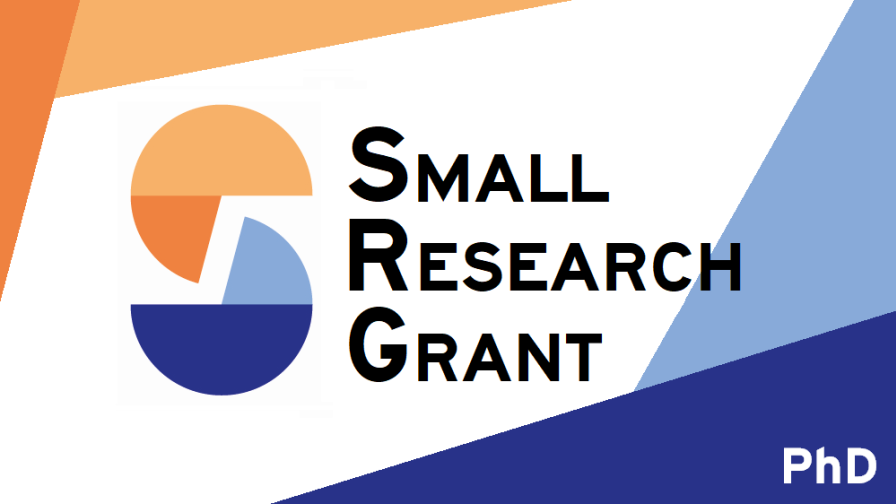This project posits that spatial frictions generated by lacking transportation infrastructure in West African cities can prevent workers, especially women, from accessing labour market opportunities. Recent research in Ethiopia and South Africa has for example shown that cost of transportation was an impediment to job search for urban jobseekers. A growing literature points to constraints during commutes as an additional barrier to labour market participation for women in LMIC. Because past research has emphasised the role of spatial city features in explaining provision of utility infrastructure or downstream child health outcomes using compactness of cities or wages and rents with city shape, city shape can be exploited as they encompass various characteristics of a city’s spatial organisation and capture likelihood of building out transportation infrastructure. This project combines these different strands of literature by asking how does city shape affect labour market outcomes in African cities and how city shape may exacerbate differences between men and women on the labour market.
This question is answered in the context of 116 cities in Nigeria, for which city shape is constructed and which are combined to the 2010 and 2015 rounds of Living Standards Measurement Surveys. The main outcomes are labour market participation, self-employment, unemployment and number of hours worked. Using city shape in 1975 as well as linear projection for population and density to predict developable city shape in any given year, computed city shape metrics from the literature and areas for the predicted shapes, are used as instrumental variables. These predicted shapes focus on any changes in city shape that are not correlated to actual changes in population, area or labor market conditions. In the initial results: predicted city shape metrics do not explain labour market outcomes in the 2SLS model. Concurrently, additional data will be collected in a dozen cities in Nigeria. This additional data will be used to inform some of the results from the secondary analysis as well as help calibrate a model to perform counterfactual policy analysis.
This research seeks to understand the links between transportation, commuting and labour market. It can also highlight one understudied aspect of the relationship between gender equity and labour markets in Sub-Saharan Africa. At a time where most of the future growth in population will occur in SSA, and in Sub-Saharan cities especially, understanding within-city mobility is primordial. This also contributes to previous literature focusing mostly in Latin America on the potential labour market enhancing effects of public transit expansions. Given the prevailing level of infrastructure in most Nigerian cities, the hope is that this research would further inform the needs of more focused urban and transportation policy in Nigerian mid-to large cities as a way to support labor markets. The project will also provide counterfactual policy simulations as well as a new source of primary data on multiple Nigerian cities with detailed information on commuting, safety and residential history.






















































